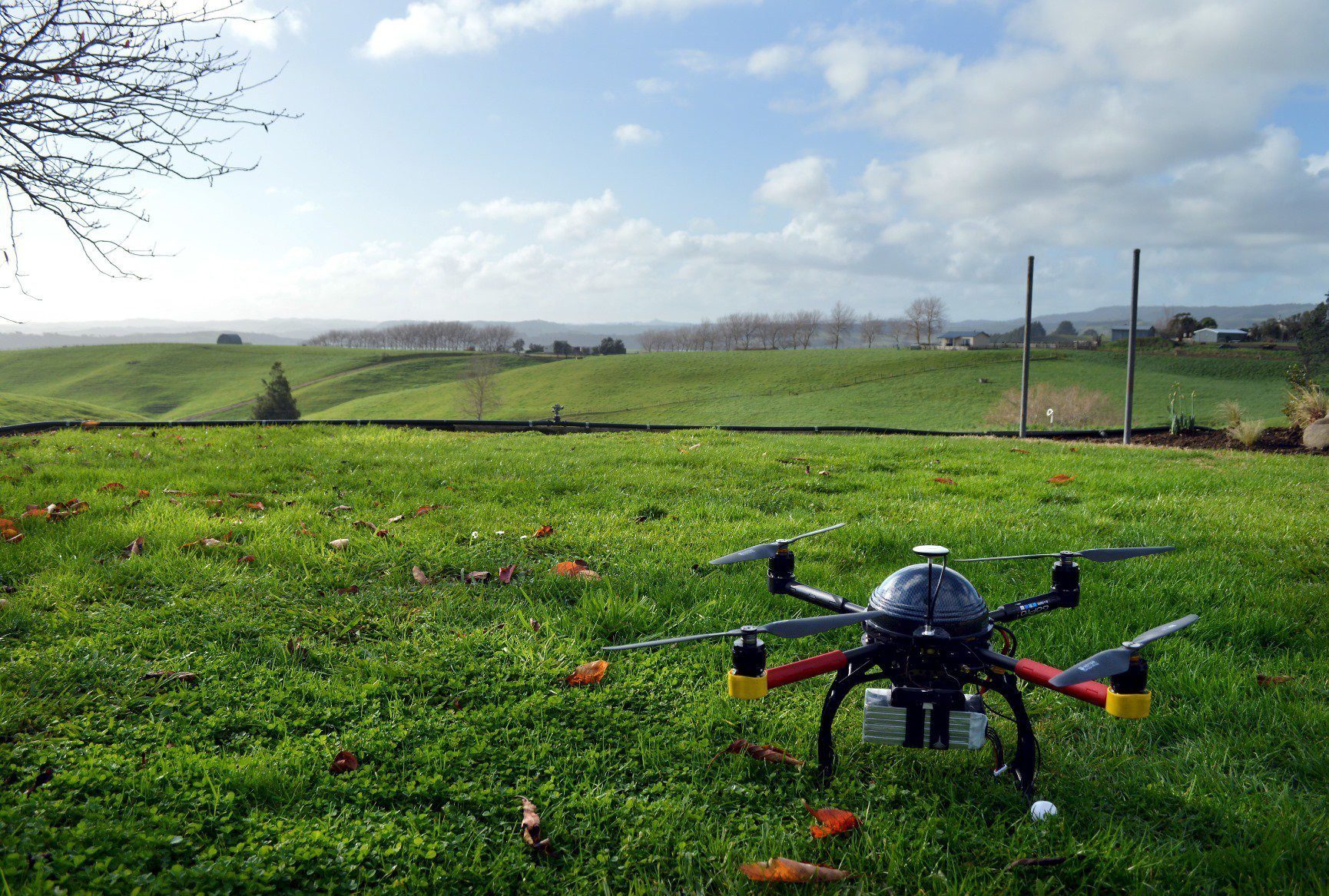The Industrial Revolution and the Digital Revolution are two significant turning points in technological development that have impacted the way we live and work. The Industrial Revolution occurred between the late 18th and mid-19th centuries and led to the growth of the factory system and mass production of goods. The Digital Revolution started in the late 20th century and is characterized by the development of digital technology and the widespread use of the internet. Both revolutions have had a significant effect on the economy, society, workforce, and education, with similarities and differences between the two in terms of the nature of technological innovation and impact. Studying these periods in history can help us understand how technology shapes our world and presents challenges and opportunities for change.
Introduction
The Industrial Revolution and the Digital Revolution are two significant turning points in technological advancement that have shaped the way we live and work. Although these two events took place centuries apart, both of them drastically altered the way we interact with technology and have had profound effects on our society. In this article, we will explore the similarities and differences between these two technological revolutions.
Historical Context
The Industrial Revolution began in the late 18th century and lasted until the mid-19th century. It was a period of significant innovation, as new manufacturing processes and machines were invented, which revolutionized the way goods were produced. The Digital Revolution, on the other hand, began in the late 20th century and continues to this day. It is characterized by the development of digital technology and the widespread use of the internet.
Impact on the Economy
One of the most significant impacts of the Industrial Revolution was the growth of the factory system, which led to mass production and increased efficiency. This led to an enormous expansion of industry, as manufacturers were able to produce more goods at a lower cost. The Digital Revolution has similarly had an enormous impact on the economy, with the growth of the technology sector and the rise of e-commerce. E-commerce has enabled retailers to reach new markets, and digital technology has enabled businesses to streamline their operations and achieve greater efficiency.
Impact on Society
The Industrial Revolution transformed society in several ways. The rise of factories led to the growth of urban centers, as people moved to cities to work in factories. The development of new modes of transportation, such as steam-powered trains, also facilitated the movement of people and goods. The Digital Revolution has similarly transformed society, with the rise of social media and other digital platforms. These platforms have changed the way we communicate and interact with each other, and have provided new avenues for social and economic activity.
Impact on Workforce
The Industrial Revolution had a significant impact on the workforce, as it led to the growth of the industrial working class. Workers were often subjected to long hours and poor working conditions, leading to the rise of labor unions and calls for workplace reform. The Digital Revolution has also transformed the workforce, with the growth of telecommuting and the rise of the gig economy. These developments have enabled workers to have greater flexibility in their work arrangements but have also raised concerns about job security and worker protections.
Impact on Education
The Industrial Revolution also had an impact on education, with the rise of public schools and the development of new educational technologies. The Digital Revolution has similarly transformed education, with the growth of online learning and the increasing use of digital technology in the classroom. These developments have provided greater access to education, but also pose challenges in terms of ensuring access for all students and ensuring the quality of online educational offerings.
Conclusion
In conclusion, the Industrial Revolution and the Digital Revolution are two key moments in technological advancement that have had significant impacts on our society. Both of these periods were characterized by significant innovations that transformed the way we live and work. However, there are also significant differences between the two periods in terms of the nature of the technological innovation and the impact on various aspects of society. By studying these two periods in history, we can gain a better understanding of the ways in which technology shapes our world and the challenges and opportunities that arise from technological change.
